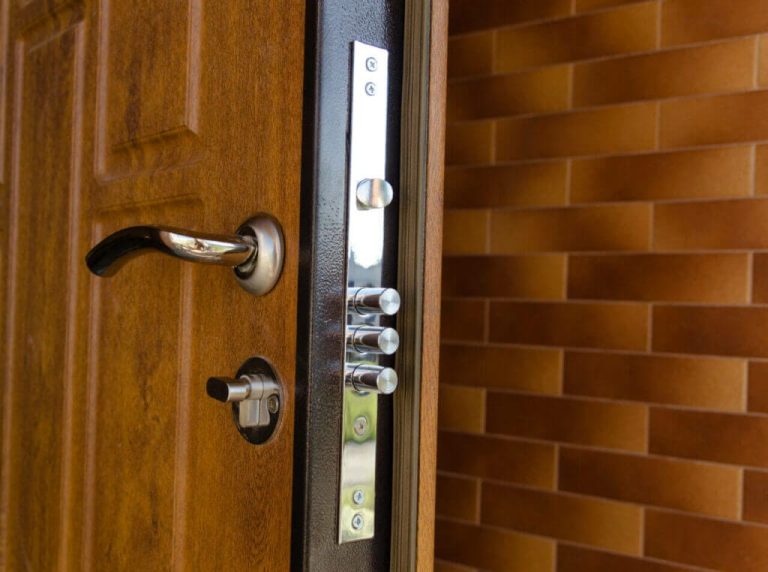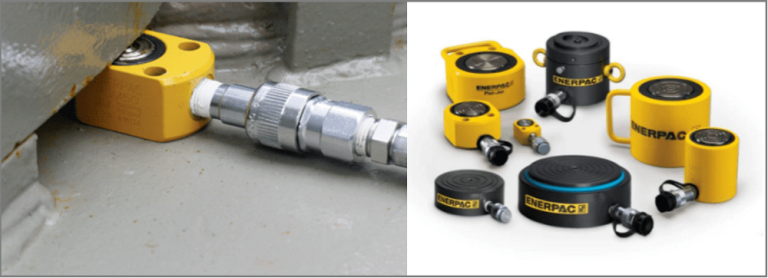Unveiling the Power of Valves: Applications, Functions, and the Role of Geocells
Valves are essential components that play a crucial role in various industries, from manufacturing to energy production. These devices control the flow of liquids, gases, and slurries within a system, making them indispensable in maintaining optimal operational conditions. In this article, we’ll explore the diverse applications and functions of valves, while also shedding light on the significance of geocells in certain contexts.
What are valves and how do they work?
Valves are mechanical devices designed to regulate, control, or direct the flow of fluids by opening, closing, or partially obstructing passages. They work by utilizing mechanisms such as levers, gears, or solenoids to adjust the valve’s position. The primary function of a valve is to manage the flow of liquids or gases within a system, ensuring that the process runs smoothly and efficiently.

What are the main types of valves and their applications?
There are several types of valves, each designed for specific applications. Some common types include ball valves, gate valves, globe valves, and check valves. Ball valves, for instance, are suitable for on/off applications, while globe valves excel in regulating flow. Gate valves are ideal for isolation purposes, and check valves prevent backflow. These valves find applications in industries such as oil and gas, water treatment, pharmaceuticals, and manufacturing.
How do valves contribute to industrial processes?
Valves are integral to industrial processes, facilitating the control of fluid flow and pressure. In the oil and gas industry, valves regulate the flow of crude oil and natural gas through pipelines. In water treatment plants, valves manage the distribution of clean water and control wastewater. In manufacturing, valves are crucial for controlling the flow of various fluids used in production processes. Their precise operation ensures the efficiency and safety of these industrial operations. You can also learn about atd tools 5218 high pressure control valve.
Where do geocells come into play about valves?
Geocells, also known as cellular confinement systems, are three-dimensional, honeycomb-like structures made from high-density polyethylene. These geosynthetic materials provide support and stabilization to soil and aggregate, preventing erosion and enhancing load-bearing capacity. In the context of valves, geocells find applications in infrastructure projects, such as the construction and reinforcement of levees and embankments. The use of geocells helps in maintaining the integrity of the surrounding soil, especially in areas prone to erosion, ensuring the stability of the valve installation.
Valves are the unsung heroes of various industries, ensuring the smooth operation of processes by controlling the flow of fluids. Understanding the different types of valves and their applications is crucial for professionals in engineering, manufacturing, and maintenance. Additionally, the incorporation of geocells in certain projects adds an extra layer of stability, showcasing the interconnectedness of different technologies for optimal functionality.



